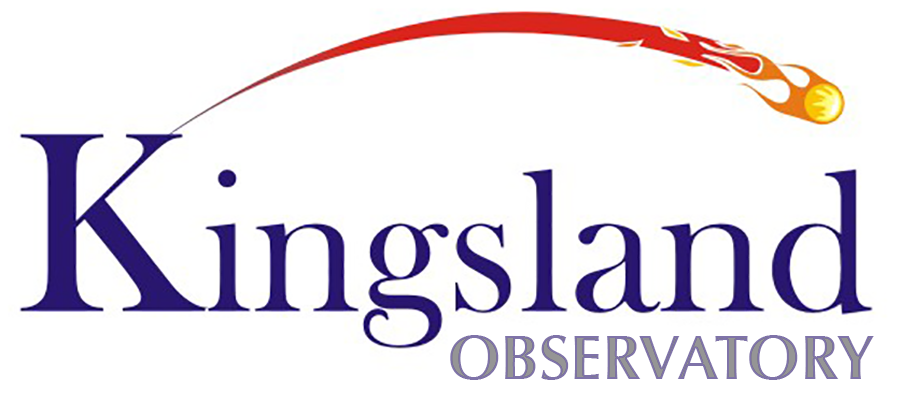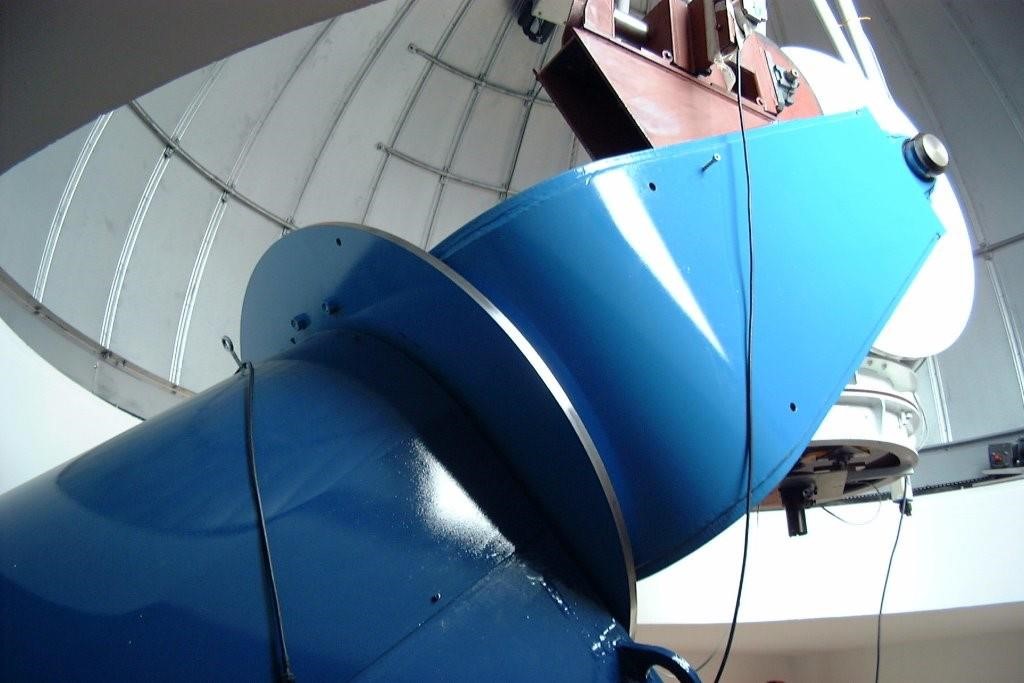Instrumentetaion
There is a range of instrumentation including CCD cameras, EMCCD camera, filters, spectrograph and polarimeter that can be selected from our range of research grade robotic telescopes.
The two 0.4m (16 inches) telescopes have a range of filters.
The 0 6m (24 inch) at F/18 can be used for spectroscopy and polarimetry.
A 0.6m (24 inch) Ritchey Chretien at F/8 using CCD camera for narrow band imaging.
A 0.9 m (39.37 inch) at F/4, CCD camera, direct imager. Choice of filters
A 0.8m (32 inch) at f/5, CCD camera, imaging. Choice of filterA 1.3m (50 inch) at F/4, EMCCD imaging. High speed photometry
Most CCD cameras have high quantum efficient with large sensors appropriate for each telescope. Maximum FOV of 90’x 90’
Choice of filters: LRGB, UBVRI, Sloan griz, Ha, Hbeta, SII, OIII , NIR.
There are a range of methane filters in 5 bands from visible to NIR. Special Exo Planer filter to enhance transit monitoring.
Echelle Spectrograph, self-guiding. High resolution Echelle Spectrograph with autoguiding and remote calibration. Resolution average >18000 lines
Czerny Turner spectrograph, resolution 2400 lines/mm
Polarimeter, programmable, automatic selection of the four Stokes vector polarisation points.
Wide Field Imaging Spectrograph: This is a one piece spectrograph that is integrated into its own telescope. FOV 3 deg. X 3 deg. Resolution 1200 lines /mm. Applications for long tail comets, wide filamentary nebulous structures.
Moon Scatter Cut Filter to increase observing time even with Moon light. This is a unique development that avoids closing down the observatory for much needed observational research.
Polarimeter camera for snapshot planetary imaging
Ultraviolet camera for planetary imaging
Radio Astronomy: 5 metre diameter steerable tracking antenna using Spectro Cyber 1420 MHZ, 4 GHz. / 6.6 GHz. Converter system, receiver
© 2019 Kingsland Observatory all rights reserved


